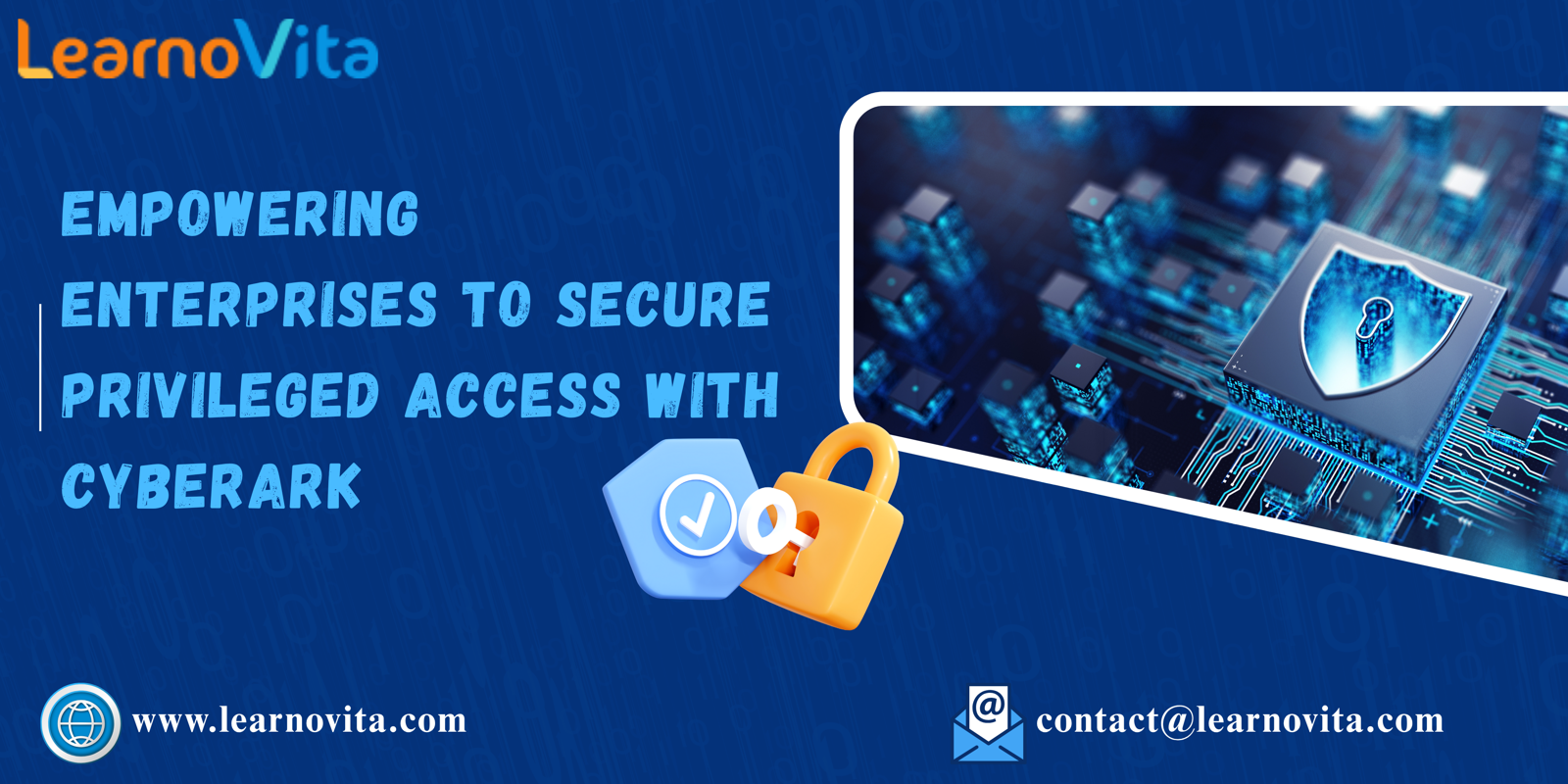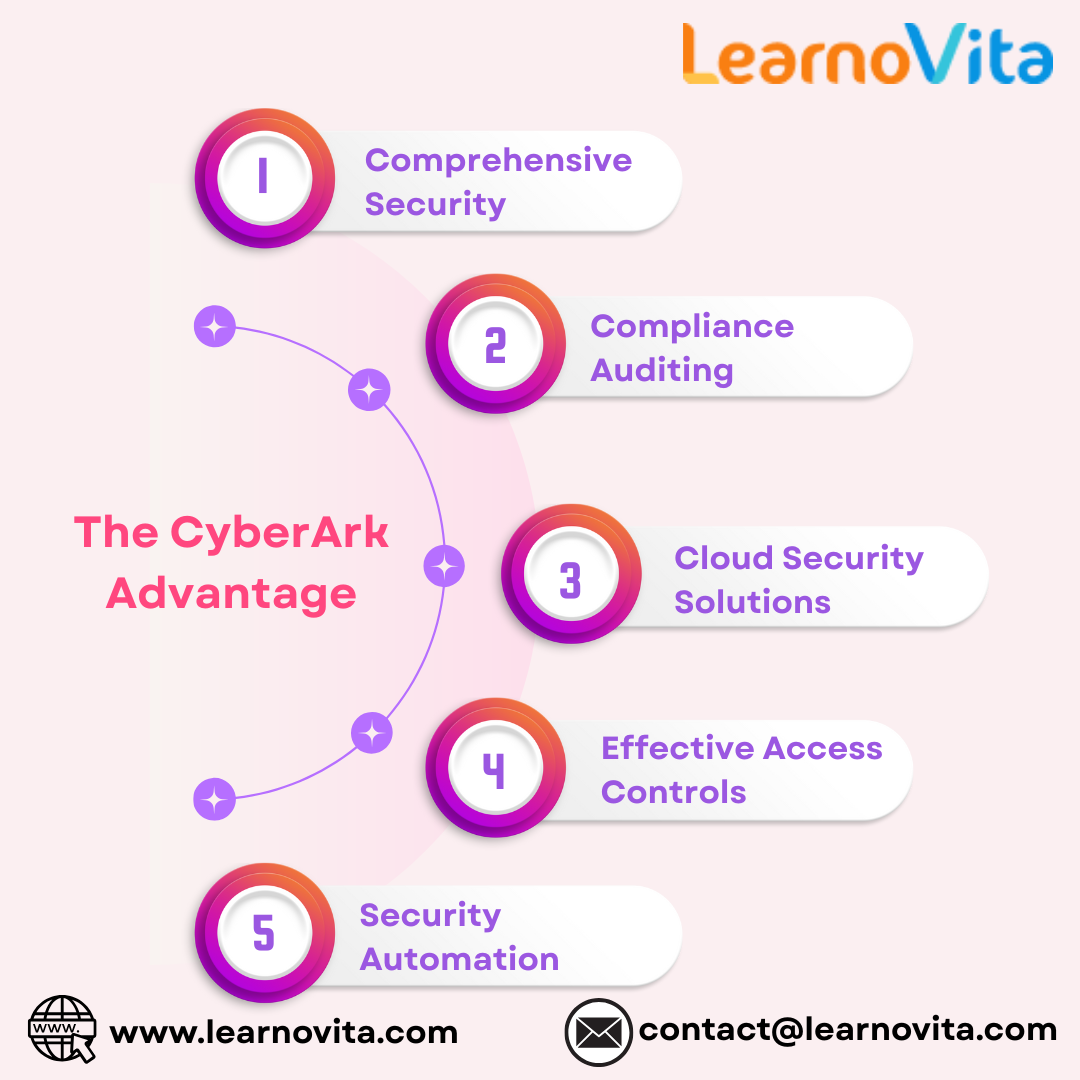As businesses grow increasingly reliant on digital systems, the importance of securing privileged access has never been greater. Privileged accounts those with administrative rights or elevated system access can unlock critical infrastructure across an organization. If exploited, they can cause serious damage, from data theft to system-wide outages. To combat these risks, CyberArk, a leader in Privileged Access Management (PAM), provides robust tools designed to secure, monitor, and manage privileged accounts across cloud and on-premises environments. This article takes a closer look at how CyberArk helps protect sensitive enterprise assets by effectively controlling privileged access.
The Growing Importance of Privileged Access Security
Privileged access allows users or systems to carry out sensitive functions whether it’s installing software, accessing confidential data, or configuring core services. These accounts are often held by administrators, automated scripts, or service accounts running behind the scenes. Because of their elevated access levels, privileged accounts are prime targets for cyber attackers. Once compromised, they can bypass normal user restrictions and open the door to major breaches. That’s why managing these accounts properly is a critical step in protecting enterprise systems. Enhance your cybersecurity skills by enrolling in a CyberArk course in online mode, designed for flexible and practical learning.

CyberArk’s Role in Privileged Access Protection
CyberArk provides a comprehensive solution that covers the entire lifecycle of privileged access. From securing credentials and rotating passwords to monitoring user sessions and analyzing behavior, CyberArk helps reduce the risk associated with high-level access and improves visibility across the environment.
1. Secured Vaulting and Password Automation
CyberArk starts by securely storing all privileged credentials in a digital vault, an encrypted, access-controlled repository that replaces manual password management. This ensures that sensitive passwords are never left exposed or stored in unprotected files. It also automates password rotation, regularly changing credentials without human intervention. This minimizes the chance of passwords being reused, guessed, or leaked, and strengthens overall credential hygiene across systems.
2. Session Monitoring and Access Recording
With Privileged Session Management (PSM), CyberArk allows organizations to track and record what users do during privileged sessions. Every keystroke, command, and system interaction is logged or recorded for full accountability. This monitoring not only helps identify unauthorized actions in real time but also provides valuable records for audits, investigations, and compliance reporting ensuring complete transparency over privileged activity.
3. Time-Bound and Role-Specific Access
CyberArk enables Just-in-Time (JIT) access, allowing privileged rights to be granted only when needed and automatically revoked once the task is complete. This ensures that no user has standing access unless it’s required at the moment. In addition, CyberArk enforces least privilege principles, ensuring users and applications are granted only the minimum level of access required for their specific roles. This approach greatly reduces the attack surface and limits potential damage from compromised accounts.
4. Threat Detection Through Behavioral Analytics
CyberArk enhances traditional access controls by adding Privileged Threat Analytics (PTA). This system continuously evaluates user behavior to detect anomalies, such as unusual access patterns, unexpected login times, or activity on previously unused systems. If a potential threat is detected, CyberArk can issue alerts, suspend access, or trigger automated responses giving security teams time to act before real damage occurs. Join the Best Training & Placement Program to gain industry-relevant skills and secure top job opportunities with expert guidance.

5. Securing DevOps and Cloud Environments
In addition to human users, modern enterprise systems depend on non-human identities like bots, services, and DevOps tools. These too require privileged access to function effectively. CyberArk supports integration with platforms like AWS, Azure, Google Cloud, Kubernetes, Jenkins, and other DevOps tools. It manages secrets, API keys, and tokens used by automated systems, ensuring privileged credentials remain secure in fast-moving cloud and CI/CD environments.
6. Streamlined Compliance and Audit Readiness
Many industries operate under strict compliance regulations such as GDPR, HIPAA, SOX, and PCI-DSS which require controlled and auditable access to sensitive systems. CyberArk simplifies this by generating detailed logs, access reports, and session recordings, helping businesses demonstrate proper oversight during audits. By centralizing access controls and providing complete traceability, CyberArk ensures enterprises are not only secure but also audit-ready and compliant with industry standards.
Final Thoughts
Privileged accounts are essential to running IT systems but they can also pose significant risks if not managed correctly. Whether the threat comes from internal misuse or external attacks, protecting these accounts must be a top priority. CyberArk provides a trusted and complete PAM solution that secures privileged credentials, limits unnecessary access, and offers real-time visibility into high-risk activities. With its advanced security controls and intelligent automation, CyberArk helps businesses stay protected, reduce risk, and ensure operational continuity. In today’s rapidly evolving threat landscape, CyberArk is more than just a PAM tool, it’s a vital component of any modern enterprise’s cybersecurity strategy.


Write a comment ...